Facts and Advice
What is meant by high altitude? Some “formal” medical definitions:
- High Altitude: 1500 – 3500 m (5000 – 11500 ft)
- Very High Altitude: 3500 – 5500 m (11500 – 18000 ft)
- Extreme Altitude: above 5500 m
Practically speaking, however, we generally don’t worry much about elevations below 2500 m (8000 ft) since altitude illness rarely occurs lower than this. Acclimatization is the process of the body adjusting to the decreasing availability of oxygen – by increasing the amount of red bloods cells. It is a slow process, taking place over a period of days or even weeks.
Physiologic changes due to altitude:
- Changed breathing pattern at night
- Awakening frequently at night
- Weird dreams
- Hyperventilation (breathing fast)
- Shortness of breath during exertion
- Increased urination
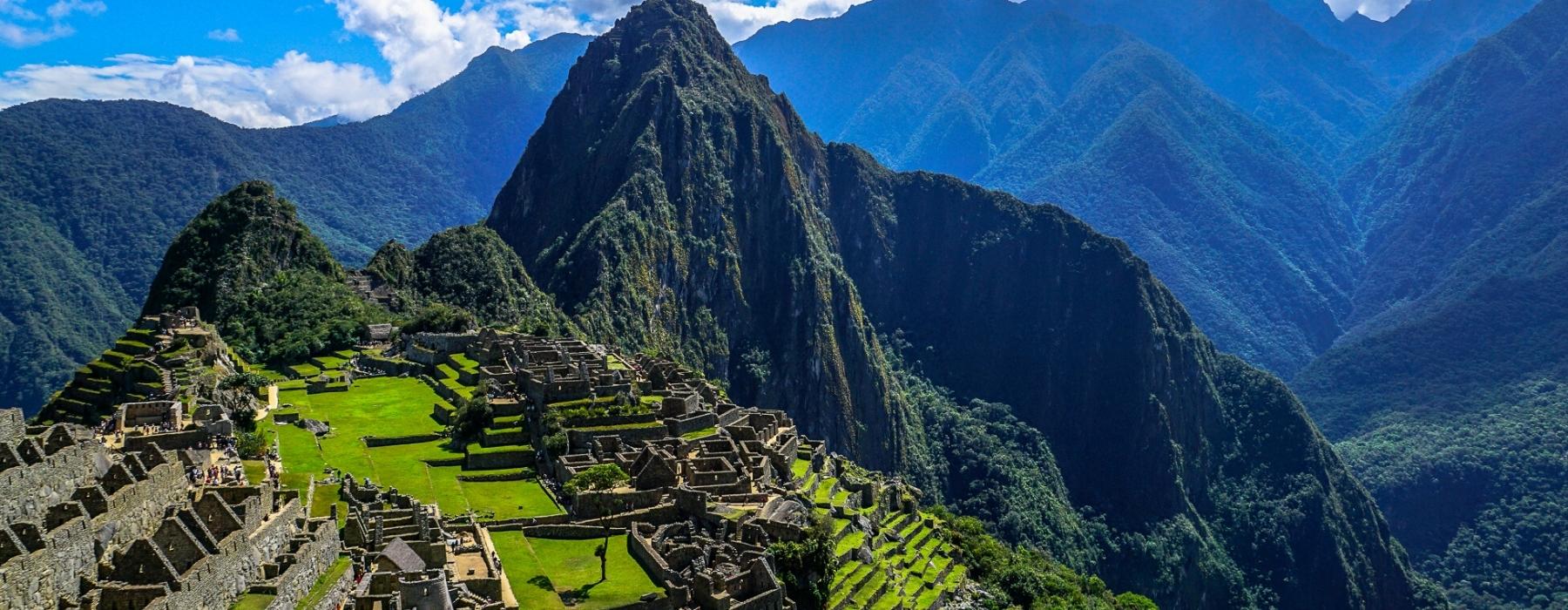
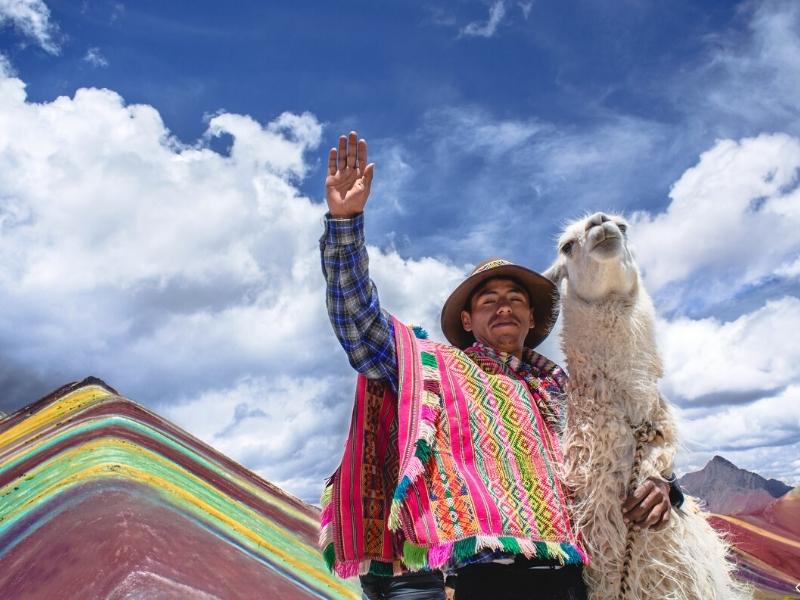
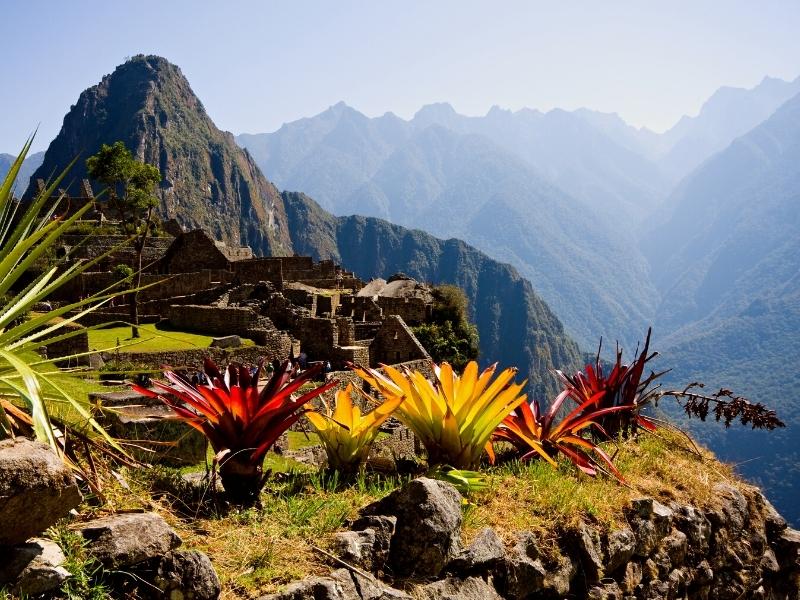

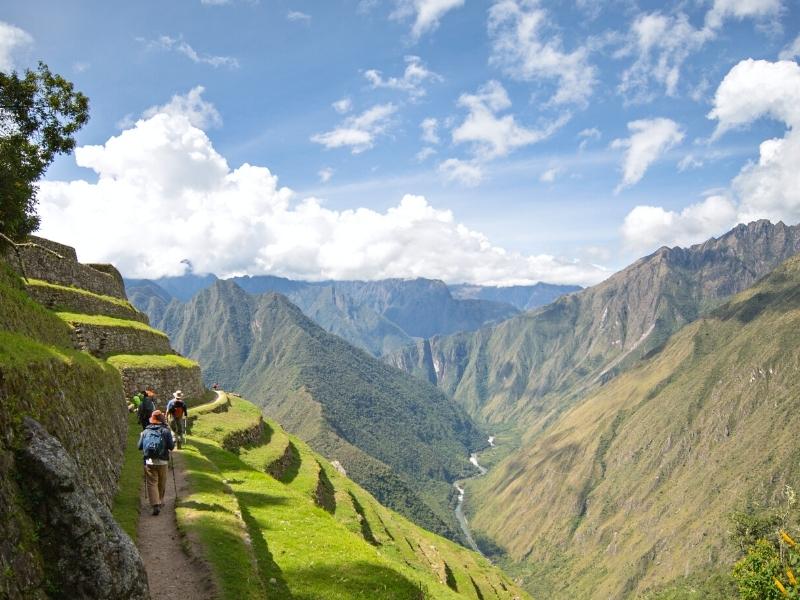
 LOCALLY INSPIRED, DELICIOUS FLAVOURS
LOCALLY INSPIRED, DELICIOUS FLAVOURS
 OUR PASSIONATE TOUR GUIDES
OUR PASSIONATE TOUR GUIDES
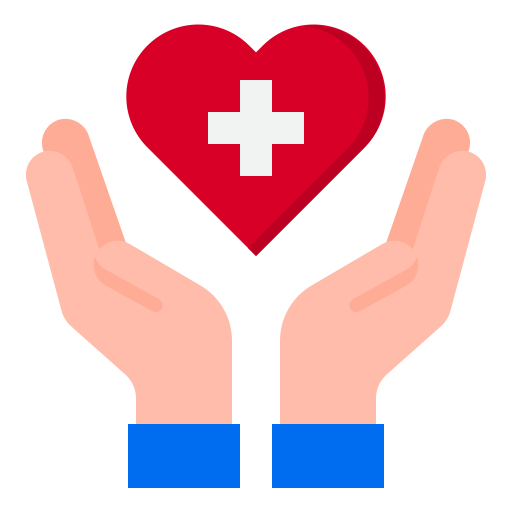 YOUR SAFETY OUR PRIORITY
YOUR SAFETY OUR PRIORITY
 ENVIRONMENTAL SENSITIVITY
ENVIRONMENTAL SENSITIVITY
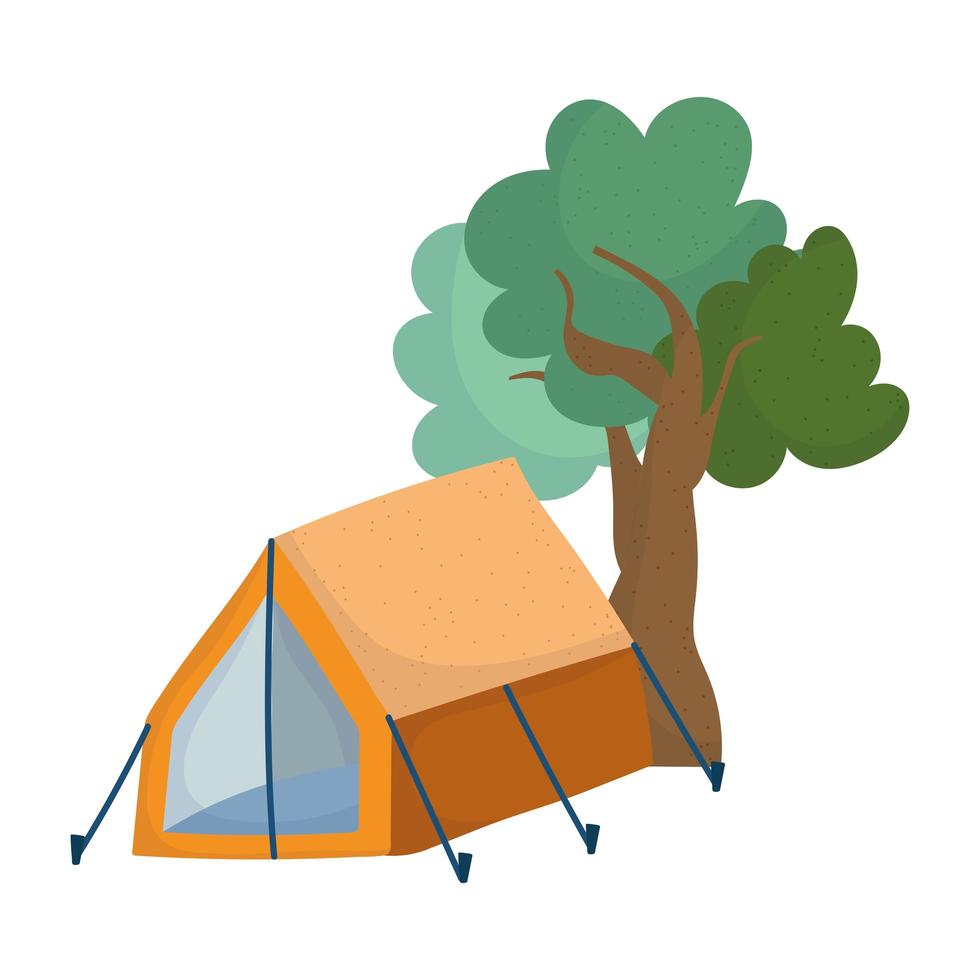 CAMPING EQUIPMENT
CAMPING EQUIPMENT
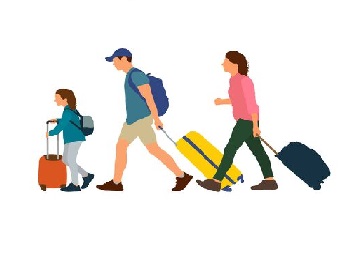 SMALL GROUPS & BIG ADVENTURES
SMALL GROUPS & BIG ADVENTURES